The weight of an Olympic bar is a key detail for effective weightlifting. A men’s Olympic bar weighs 45 pounds and a women’s bar weighs 35 pounds. This article covers the different types of Olympic bars and their specific weights.
Key Takeaways
-
The standard men’s Olympic bar weighs 45 pounds, while the women’s and youth bars weigh 35 pounds and between 22-33 pounds respectively, catering to different lifters’ needs.
-
Specialty Olympic bars, such as safety squat and hex bars, are designed for specific exercises and vary in weight, enhancing performance and reducing strain during workouts.
-
Knowing the weight of your barbell is essential for tracking progress, setting personal records, and optimizing strength training effectiveness.
The Standard Weight of an Olympic Bar

The standard men’s Olympic barbell typically weighs 45 pounds, making it a staple in most commercial gyms. This weight aids in effective workout planning and progression, serving as a consistent baseline for measuring your barbell strength and performance. For powerlifting, Olympic lifts, or general strength training, the 45-pound bar remains a reliable companion.
Favored by most lifters, Olympic bars are solid, sturdy, and capable of handling heavy weights. They withstand intense lifting sessions, making them a preferred choice for both novice and experienced individuals.
Knowing the weight of your barbell is fundamental to your training and can significantly influence your results.
Different Types of Olympic Bars and Their Weights

Not all Olympic bars are created equal. Different types of Olympic bars serve various purposes and come in a range of weights to suit specific needs. Understanding the differences between men’s, women’s, and youth bars can help tailor your workouts more effectively.
Men's Olympic Bar
Weighing 45 pounds, the standard barbell men’s Olympic bar is the go-to choice for powerlifting and Olympic lifts, designed to handle heavy loads and aggressive power pressure with a weight capacity weight bar powerlifting bar.
As the benchmark in most commercial gyms, it sets the standard bar for other bars at the gym center.
Women's Olympic Bar
Weighing 35 pounds, the women’s bar Olympic bar is lighter and easier to handle, ideal for female lifters who find the men’s bar too heavy. This lighter olympic weight helps focus on technique and strength-building without the risk of early overloading.
The lighter weight feels great and does not compromise on quality but caters specifically to women’s needs in weightlifting, ensuring effective and safe training.
Youth Olympic Bar
Youth Olympic bars, weighing between 22 and 33 pounds, are designed for younger or beginner lifters. They provide a manageable weight for focusing on proper form and technique without the risk of injury.
These bars cater to the varying needs of younger lifters, making them ideal for introducing strength training to a younger audience and ensuring progressive strength building while maintaining good form.
Specialty Olympic Bars

Designed with unique purposes, specialty Olympic bars enhance specific exercises and cater to various aspects of strength training equipment.
They vary in weight and design to meet the specific needs of different workouts.
Safety Squat Bar
Weighing around 58 to 75 pounds, the safety squat bar enhances stability during squats, suitable for all lifters. Its unique shape improves balance and reduces lower back stress, aiding proper squat form.
Particularly beneficial for increasing squat strength without compromising form, this bar distributes weight evenly across the shoulders, offering additional support and improving squat performance.
Hex Bar
Designed for deadlifting, hex bars, or trap bars, typically weigh between 35 and 65 pounds. Their unique shape allows for a natural lifting position, reducing lower back strain and making them popular for deadlift variations.
Hex bars provide a different muscle stimulus compared to traditional straight bars, allowing for a more balanced lift. This is beneficial for those with lower back issues or seeking to diversify their deadlifts routine.
EZ Curl Bar
Weighing between 20 to 40 pounds, EZ curl bars are lighter than standard Olympic bars. Designed for exercises like biceps curls, they offer a strong grip and reduce wrist strain.
One example of an EZ curl bar weighs 17.5 pounds.
Factors Influencing the Weight of Olympic Bars

Materials greatly influence the weight of Olympic bars. Durable steel is common for sturdiness, stainless steel for corrosion resistance, while lightweight aluminum is less robust. The bar’s tensile strength, ideally 190,000 PSI or more, determines its endurance against force without breaking.
Other factors include the bar’s length and knurling pattern. Longer bars weigh more due to increased material, and deeper knurling adds weight while providing a secure grip, especially with more aggressive knurling. Collars, which vary in weight, also impact the total weight.
Importance of Knowing Your Barbell Weight
Knowing your barbell’s weight is crucial for setting personal records and tracking progress accurately. Including the bar’s weight in calculations ensures precise training data, essential for effective strength training.
Using the correct barbell weight can significantly improve muscle engagement and overall lift performance. Different exercises may require weight adjustments to optimize training, making it vital to know exactly what you’re lifting.
How to Verify Your Barbell's Weight
Using a scale is the most reliable method to verify your barbell’s weight. Place the barbell on the scale for an exact measurement. Without a scale, compare your barbell to a known weight or another barbell to estimate.
Checking the manufacturer’s specifications can also provide accurate weight information, especially when purchasing a new bar or confirming the weight of an existing one.
Maintenance Tips for Olympic Barbells
Proper maintenance ensures your Olympic barbell’s longevity and optimal performance. Regular cleaning with a stiff nylon bristle brush removes chalk and prevents rust on the aggressive knurling. Wiping the barbell with a light oil coating maintains its condition and prevents corrosion.
Proper storage is crucial. Stripping weights off when not in use prevents bending. Lightly oiling the rotating sleeves ensures smooth rotation and prolongs the barbell’s lifespan.
Choosing the Right Olympic Bar for Your Needs

Selecting the right Olympic bar optimizes your lifting experience. A standard Olympic barbell typically measures 7.2 feet, accommodating various exercises. Most bars have a diameter of 28mm for men and 25mm for women, affecting grip comfort.
Though higher-quality barbells have a higher upfront cost, they are cost-effective over time by preventing frequent replacements. Choose the right equipment and a bar that aligns with your fitness goals and preferences.
Summary
Understanding the weight and types of Olympic bars can significantly enhance your workout routine. From standard men’s and women’s bars to youth and specialty bars, each serves a unique purpose. Knowing these differences and maintaining your equipment properly can lead to safer and more effective training sessions.
Frequently Asked Questions
What is the standard weight of a men's Olympic bar?
The standard weight of a men's Olympic bar is 45 pounds.
How much does a women's Olympic bar weigh?
A women's Olympic bar weighs 35 pounds.
What are the benefits of using a safety squat bar?
Using a safety squat bar enhances stability, reduces stress on the lower back, and promotes proper squat form, making your workouts safer and more effective.
How can I verify the weight of my barbell?
To verify the weight of your barbell, the most reliable method is to use a scale. Alternatively, you can check the manufacturer's specifications or compare it to a known weight.
Why is it important to know the weight of your barbell?
Understanding the weight of your barbell is essential for accurately tracking your progress, setting personal records, and enhancing muscle engagement during lifts. This knowledge ultimately leads to better performance and results in your training.


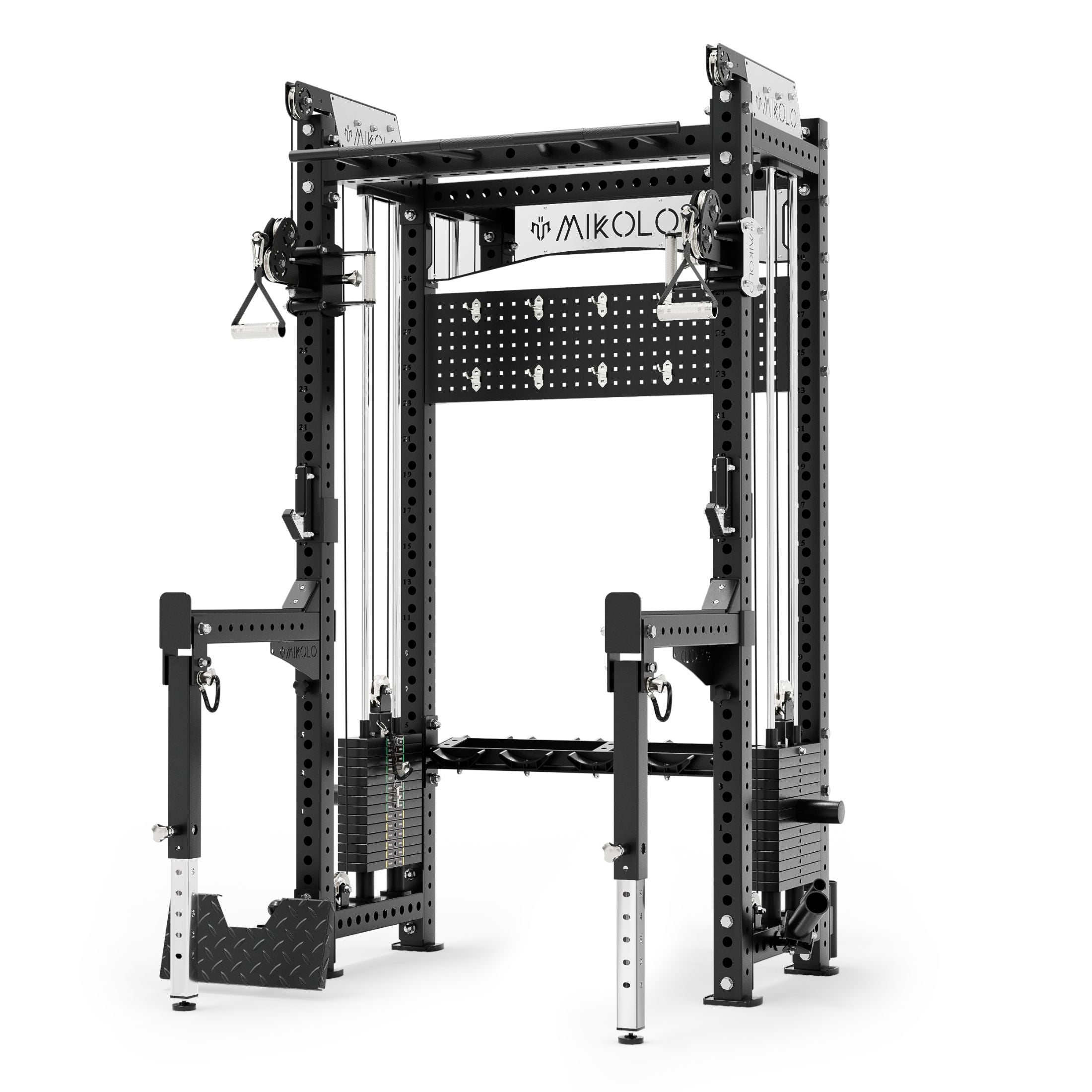
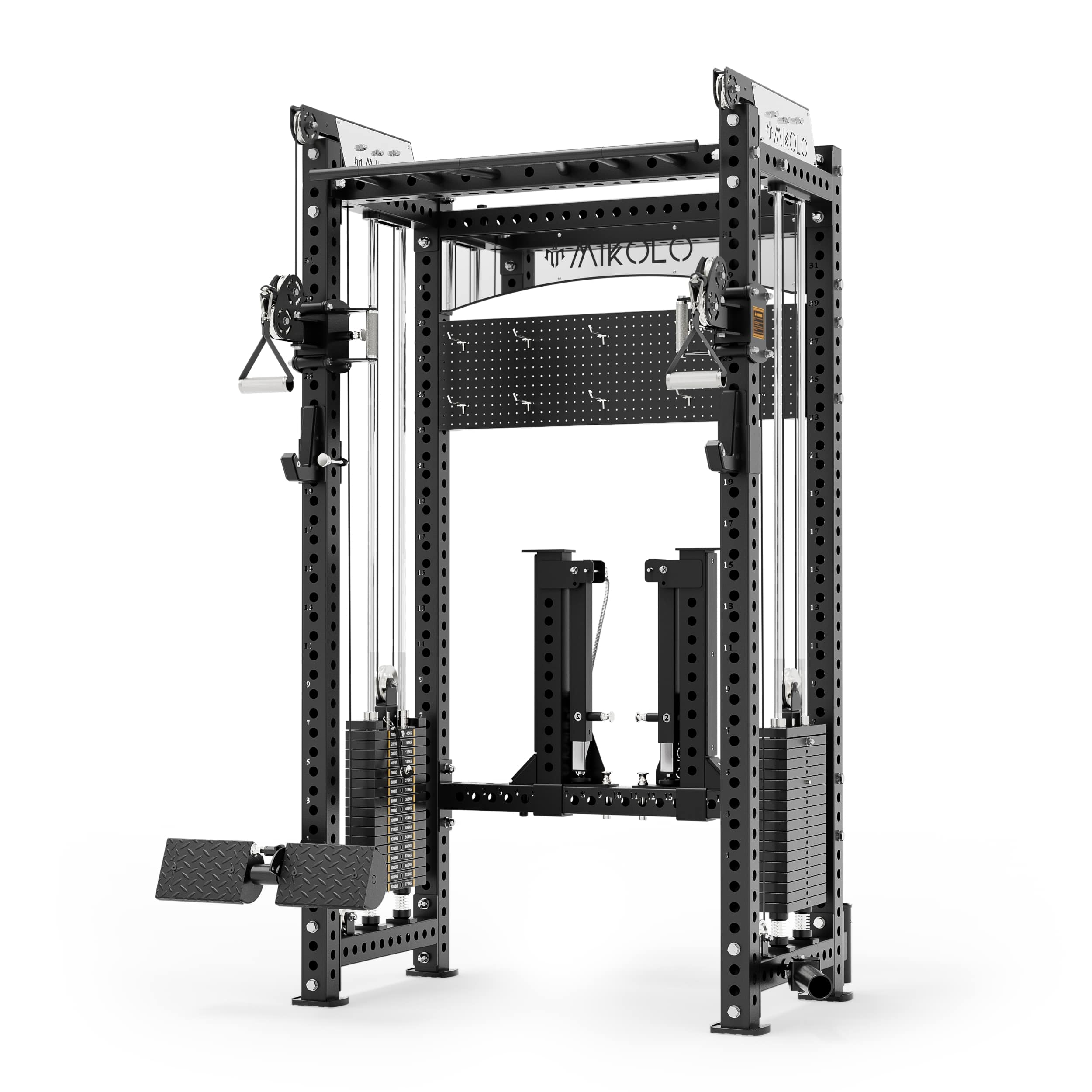
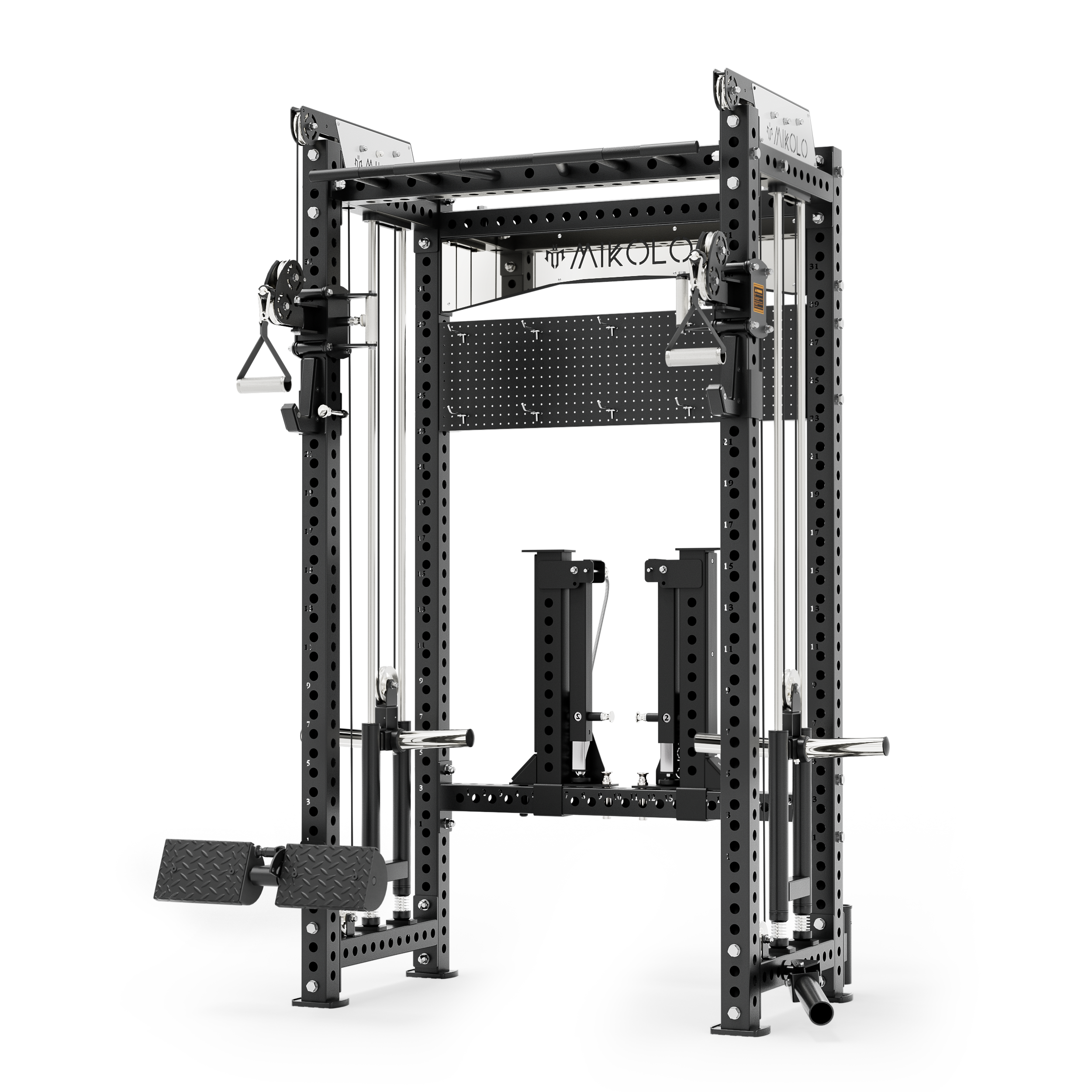


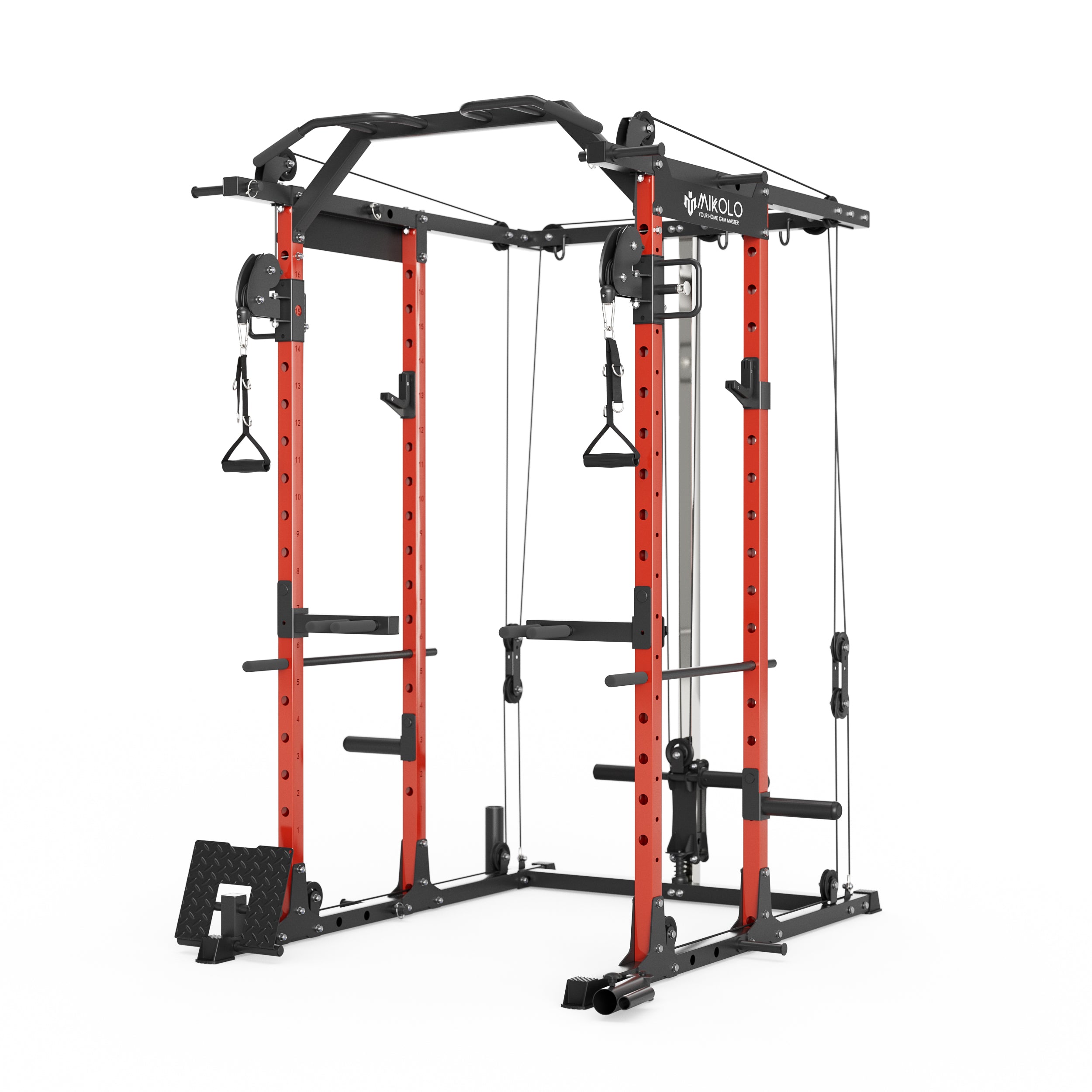
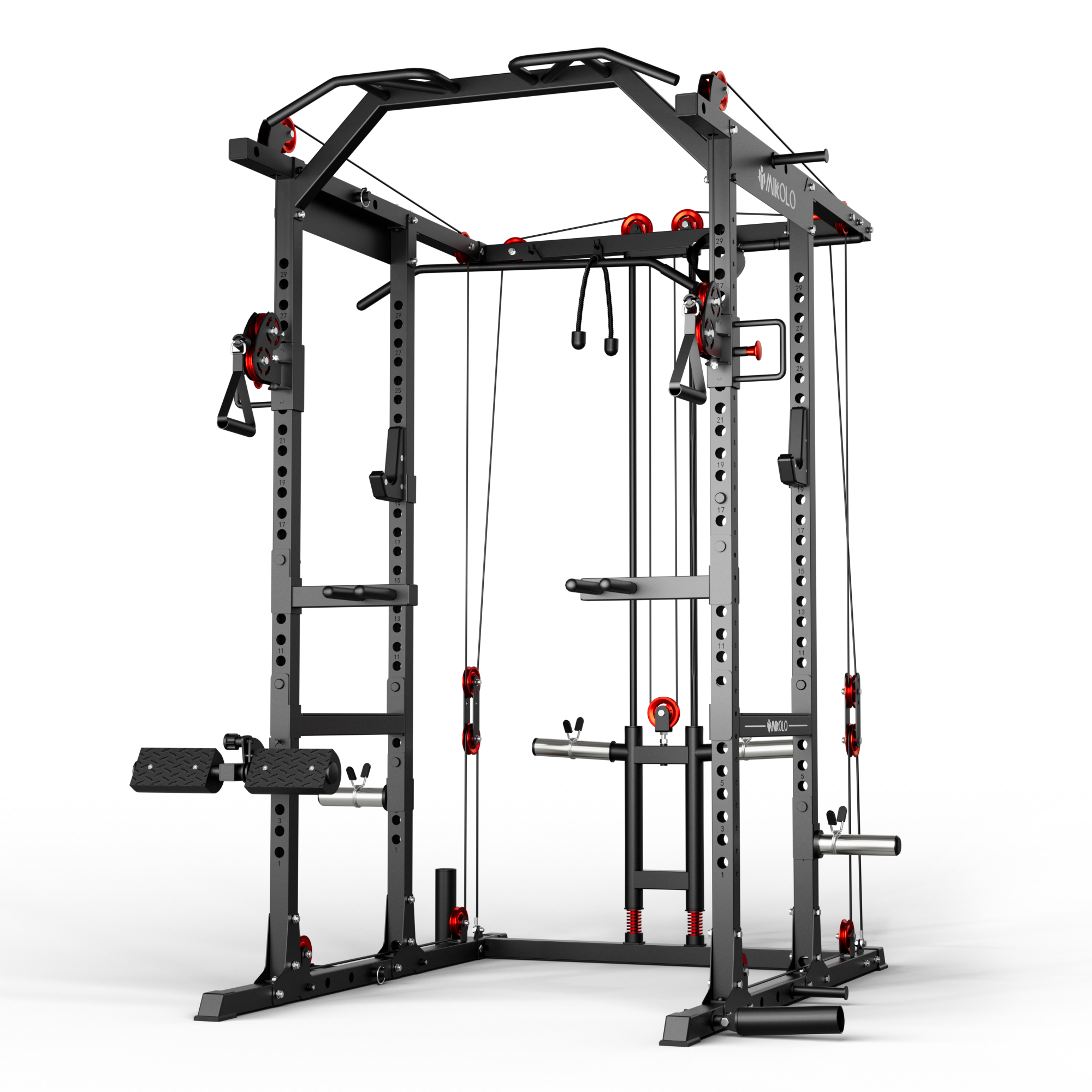

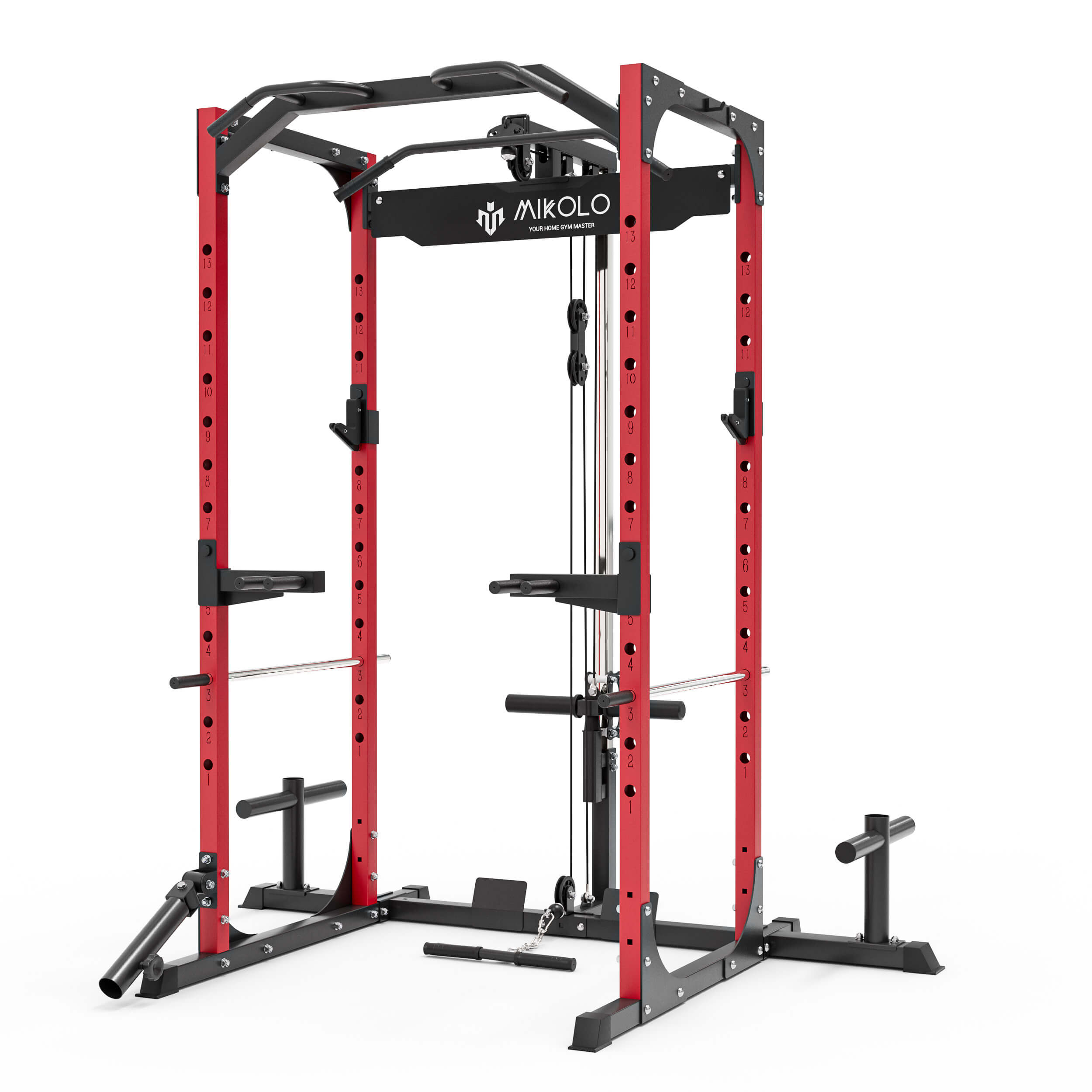
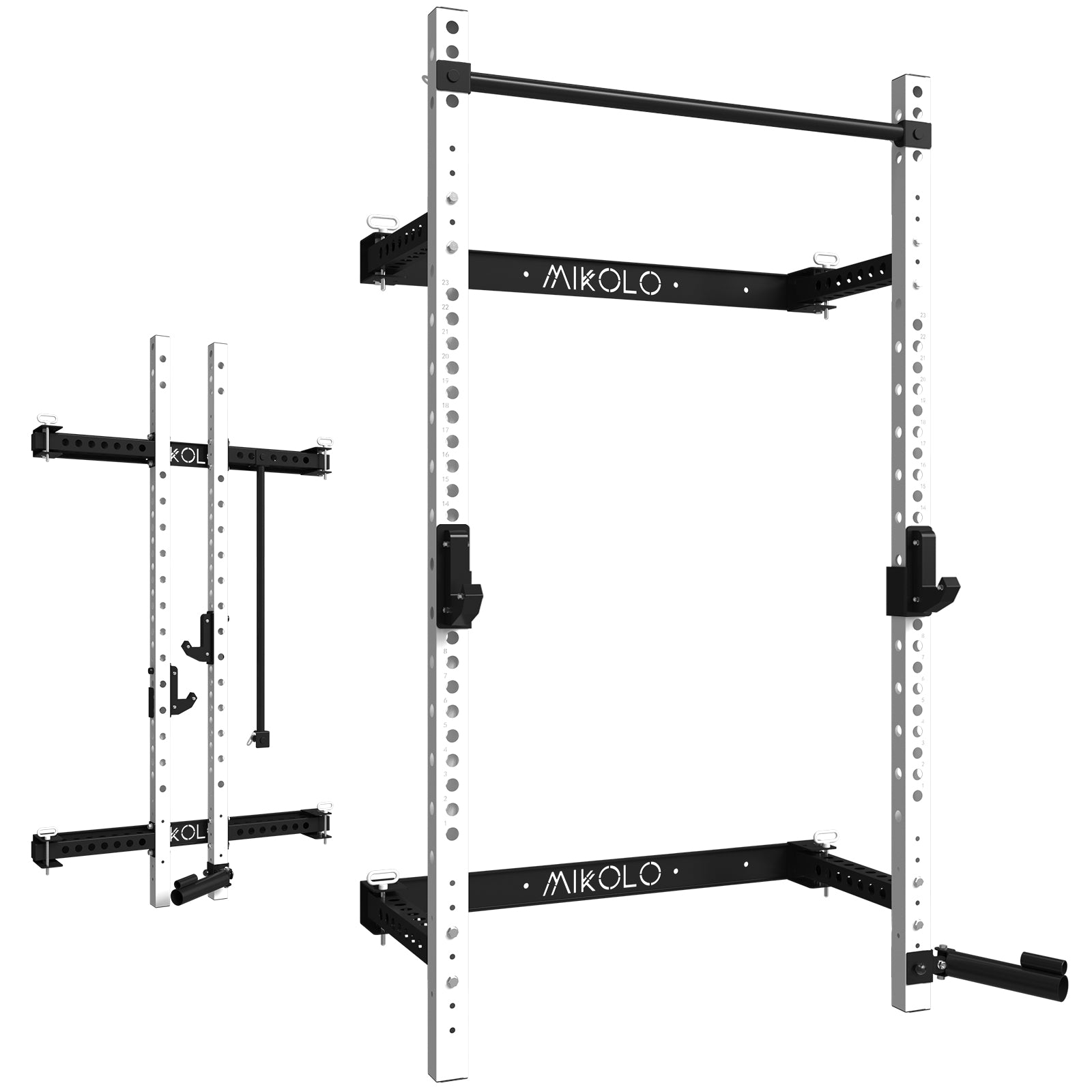


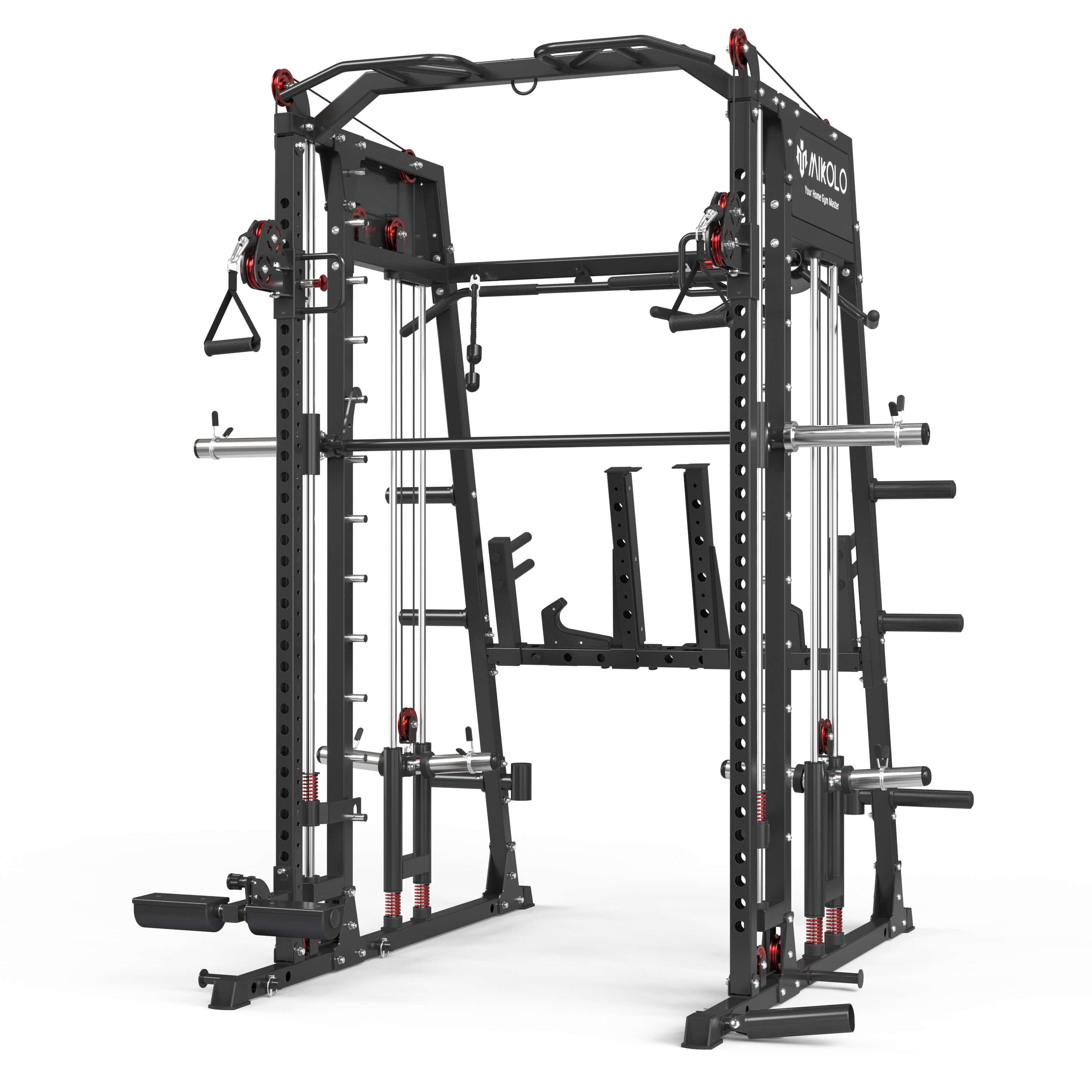
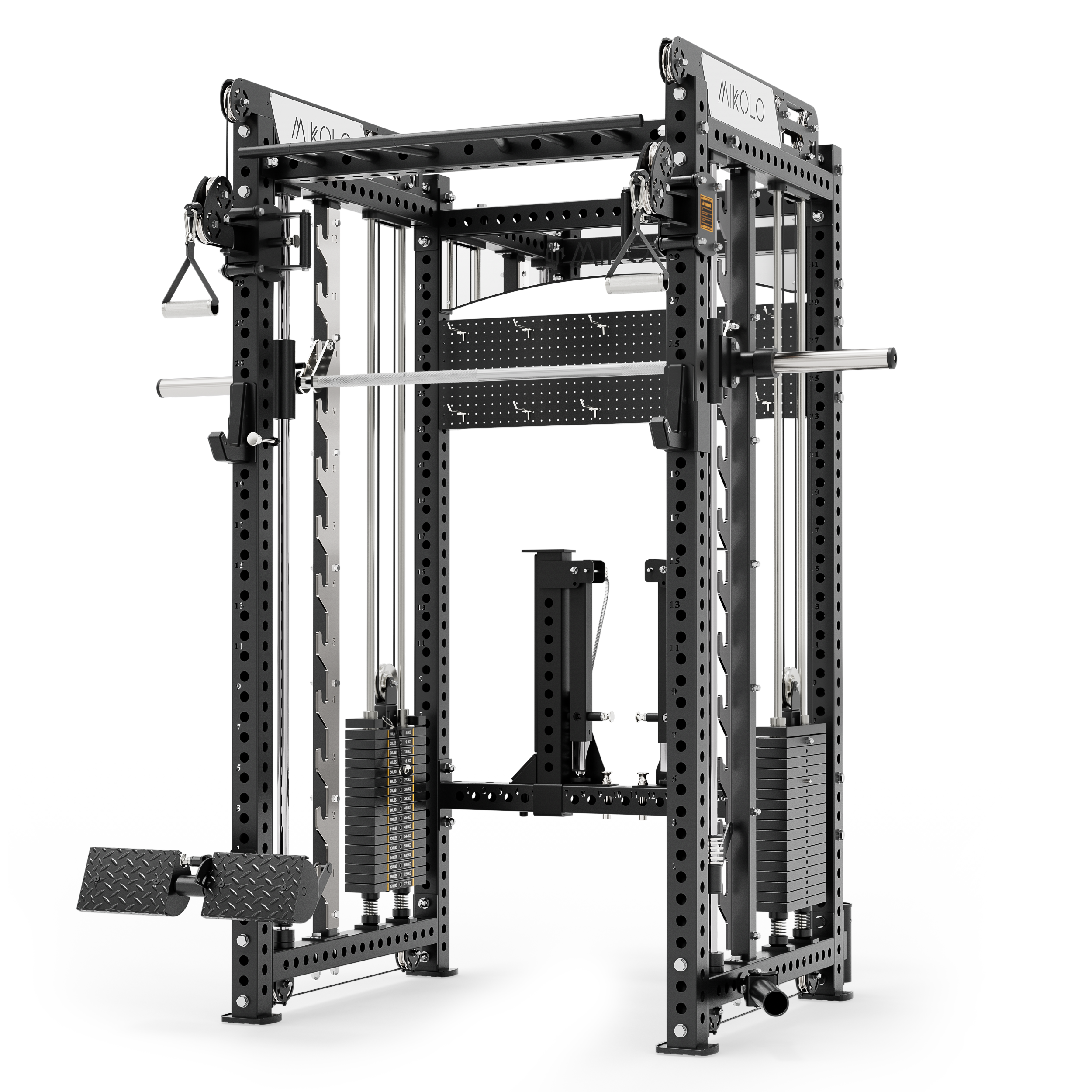
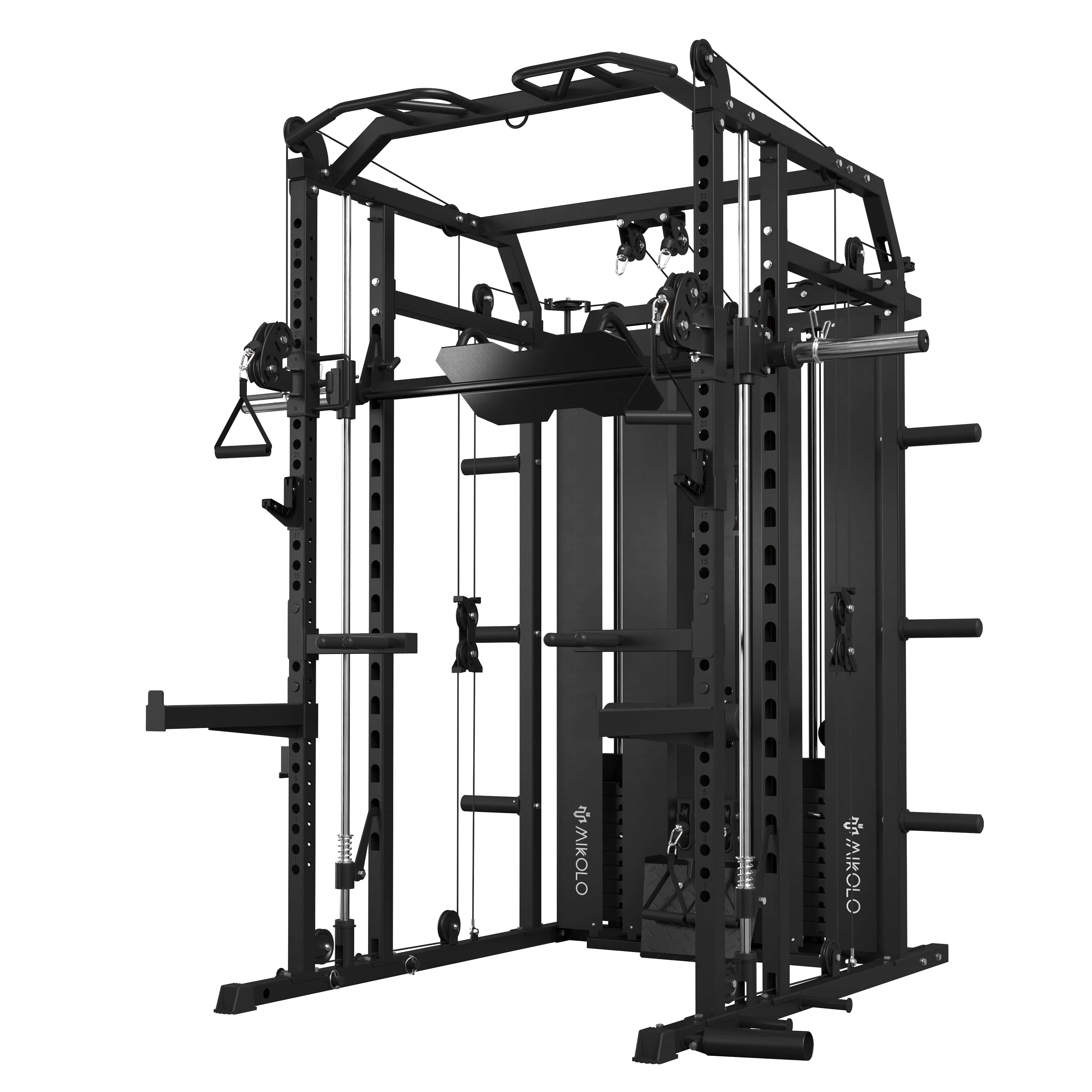
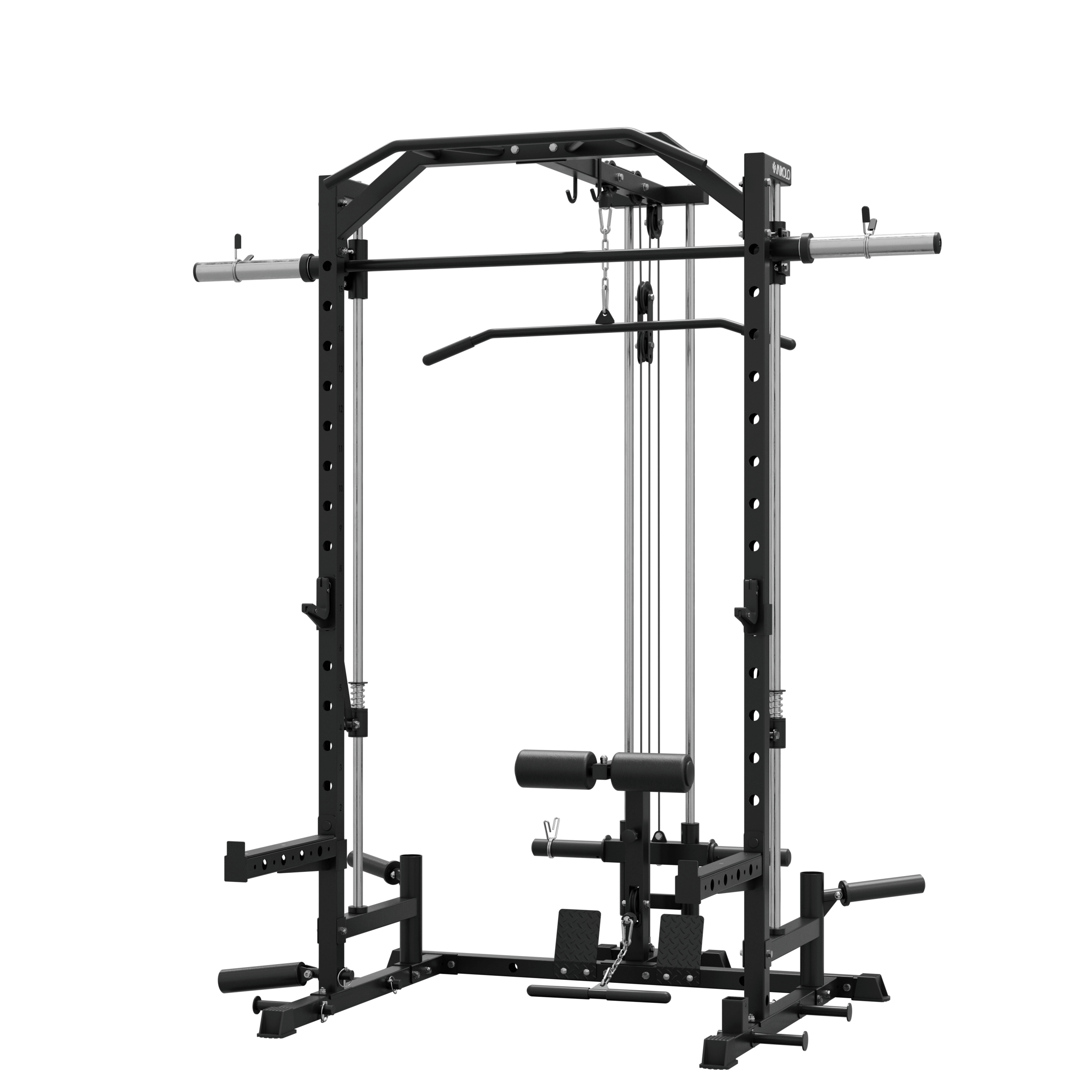
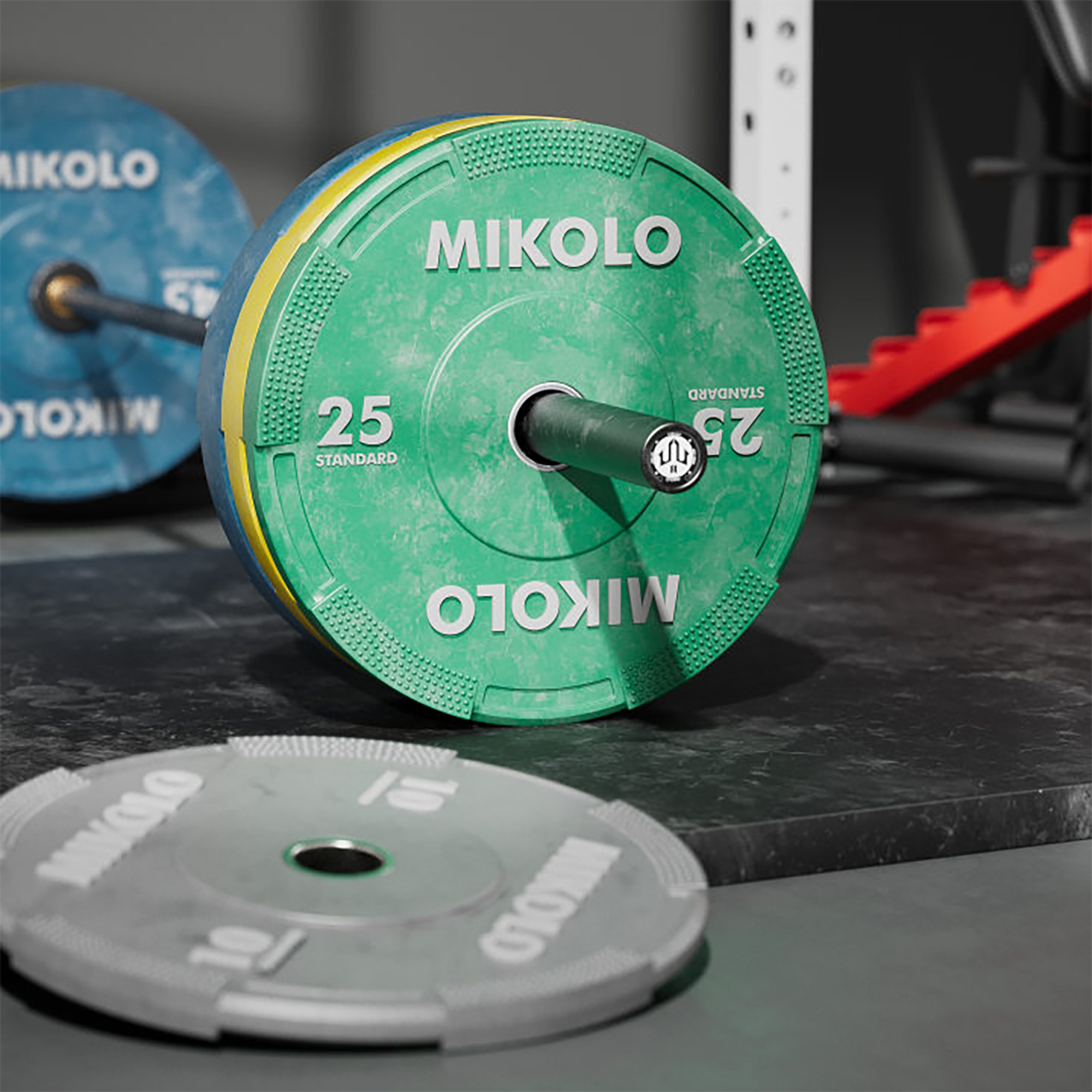






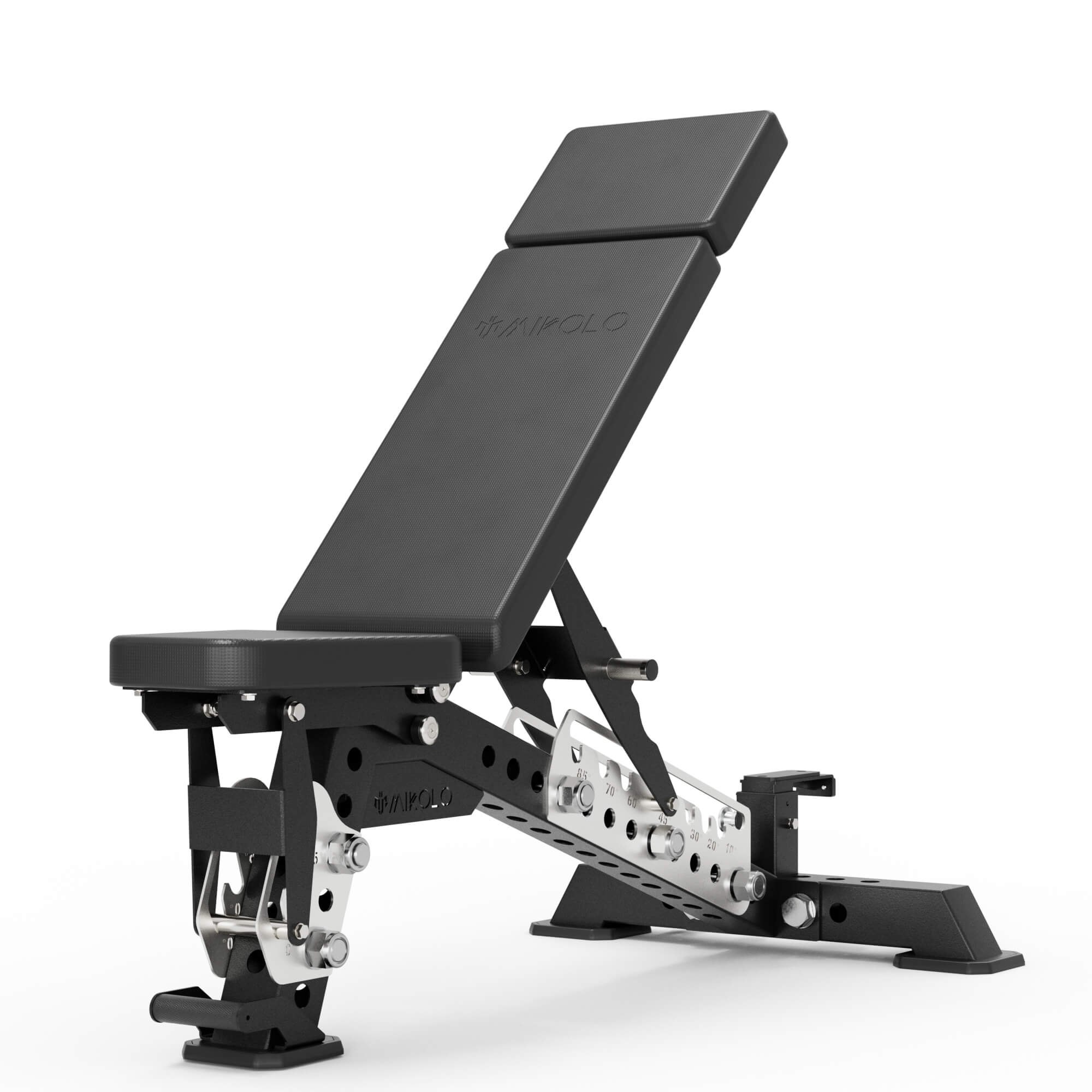
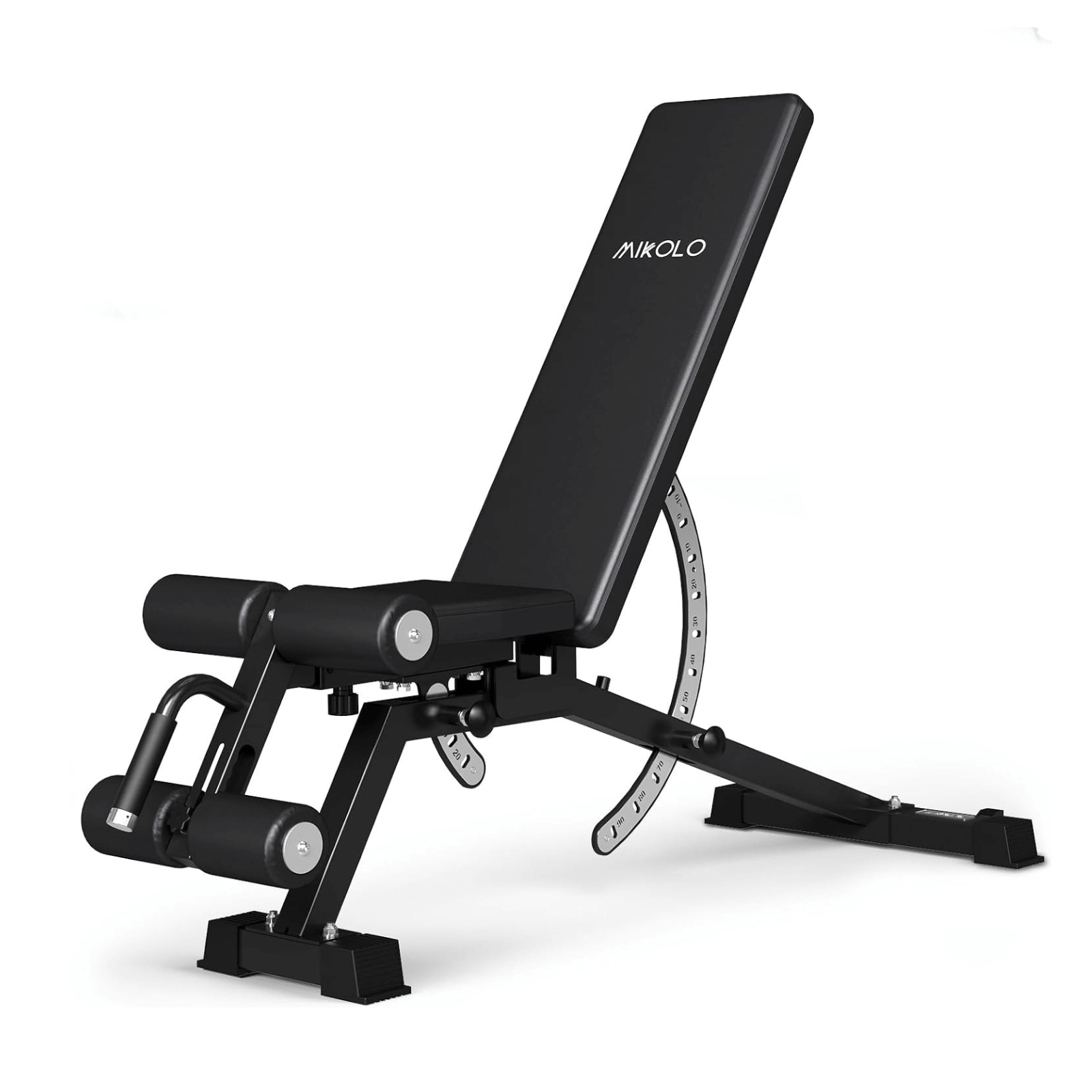




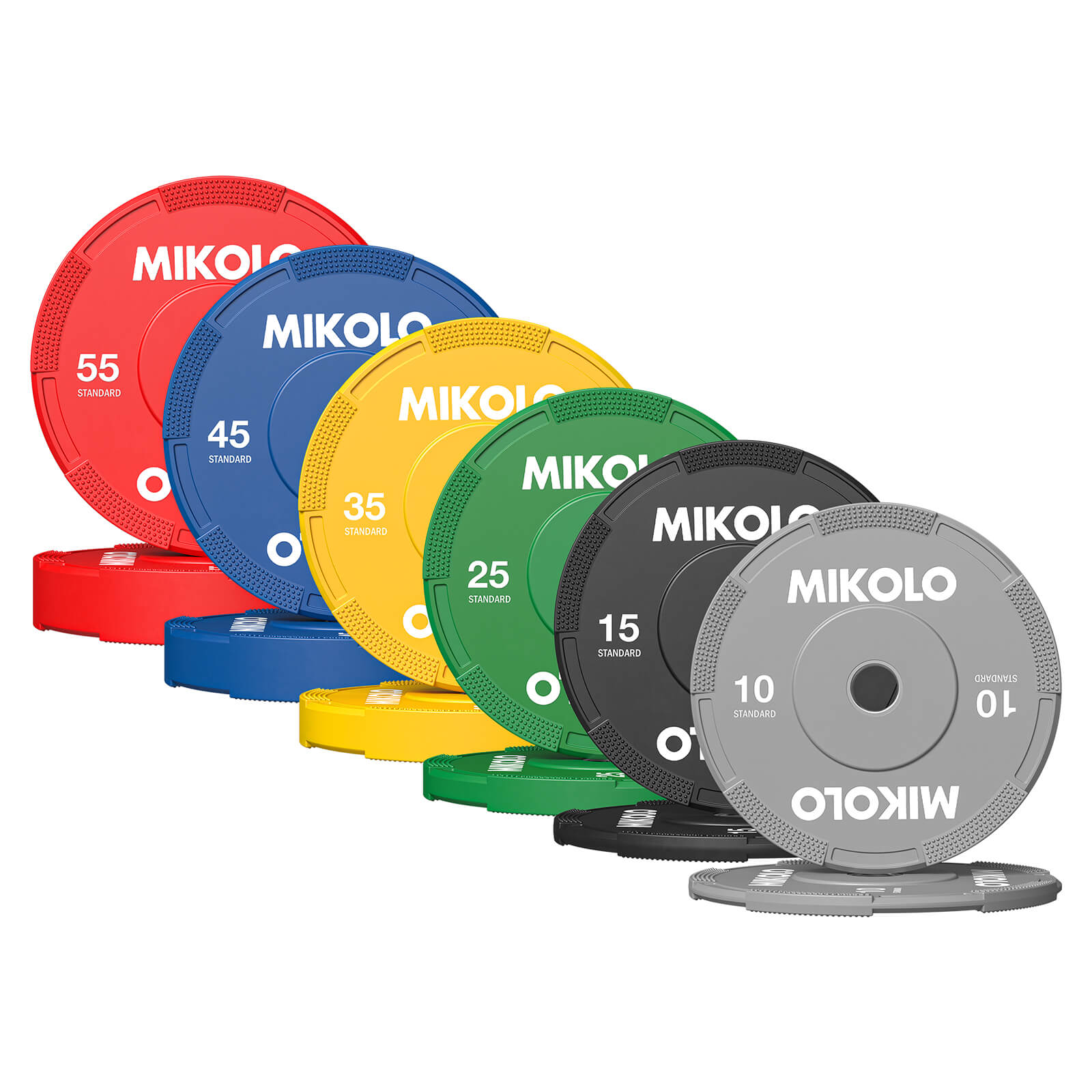
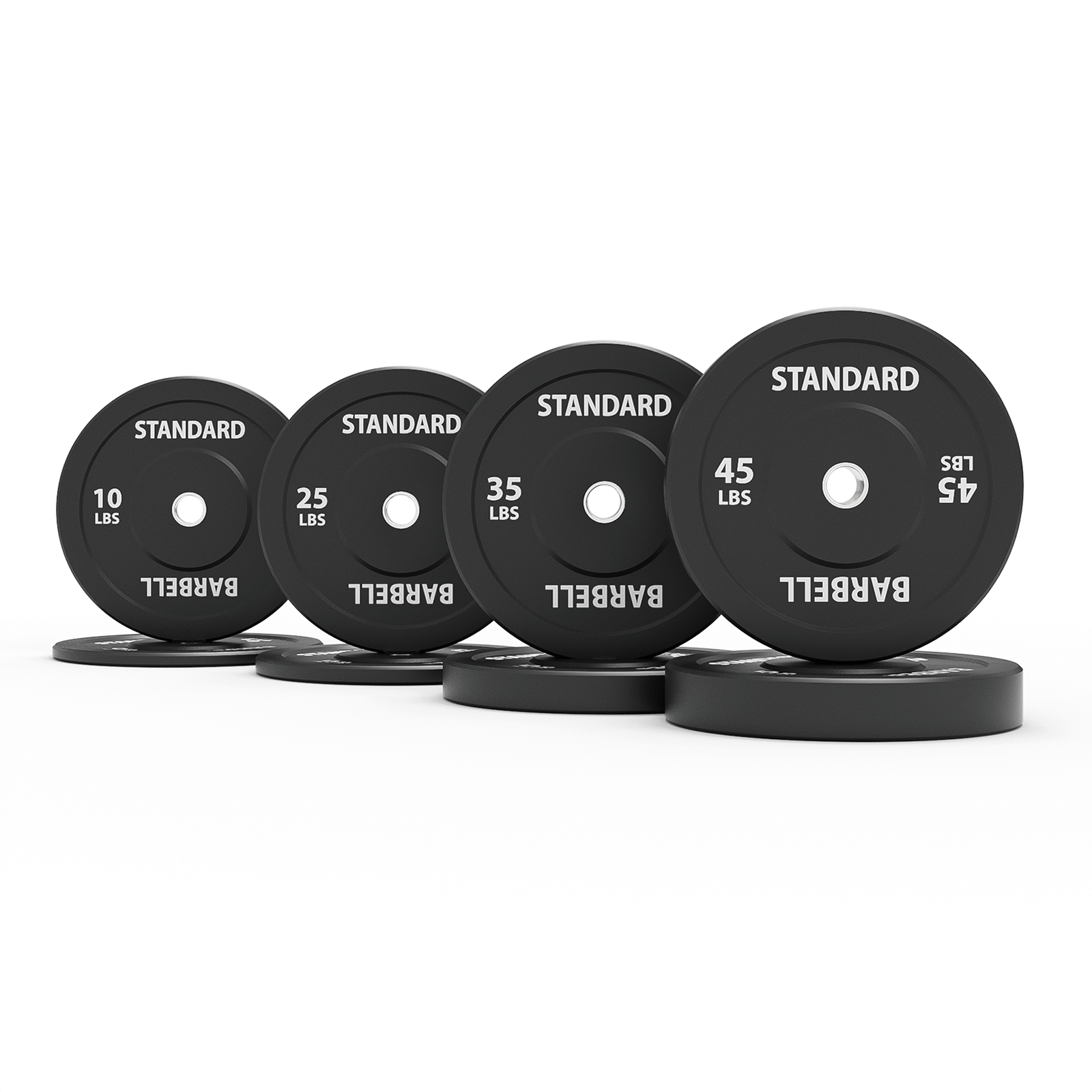

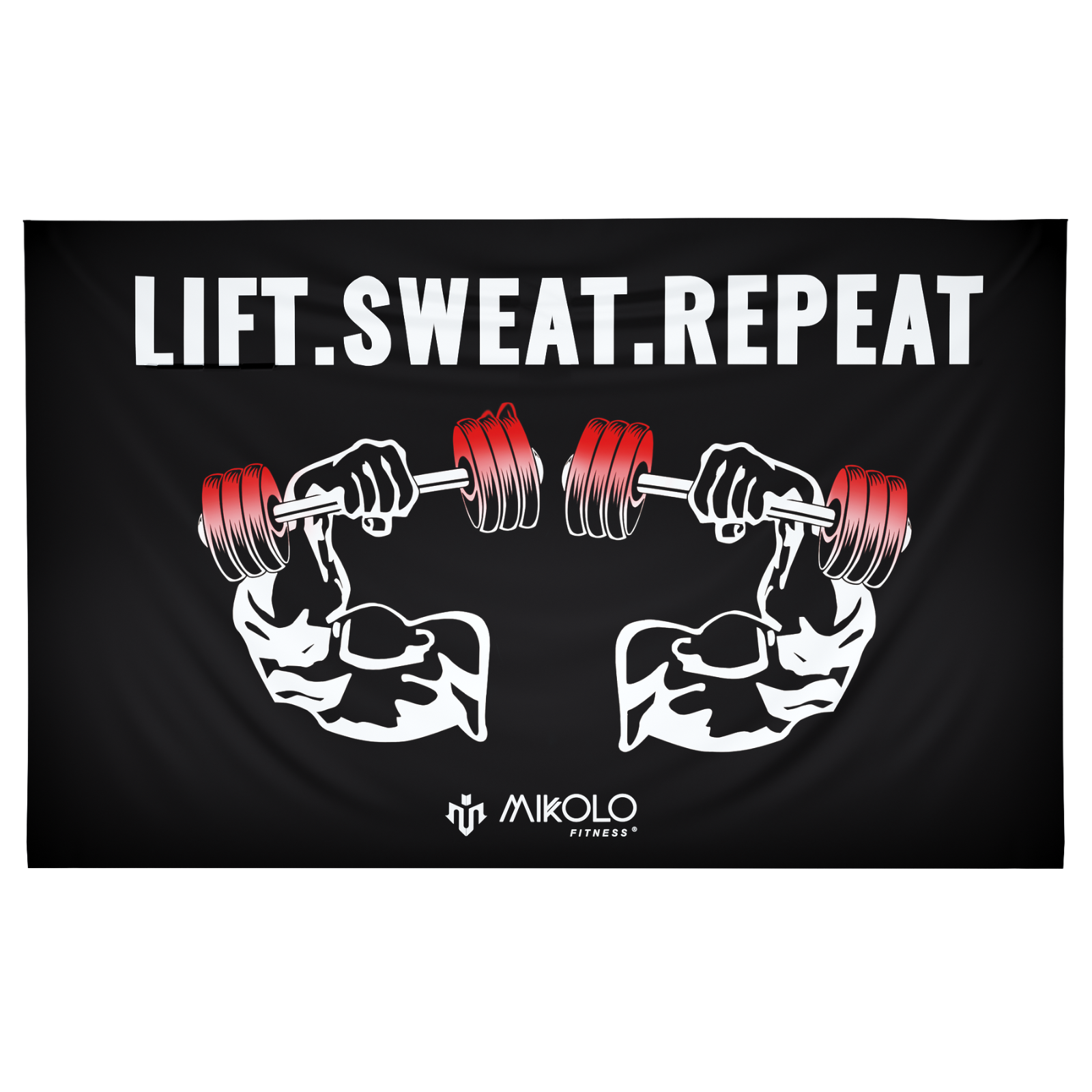
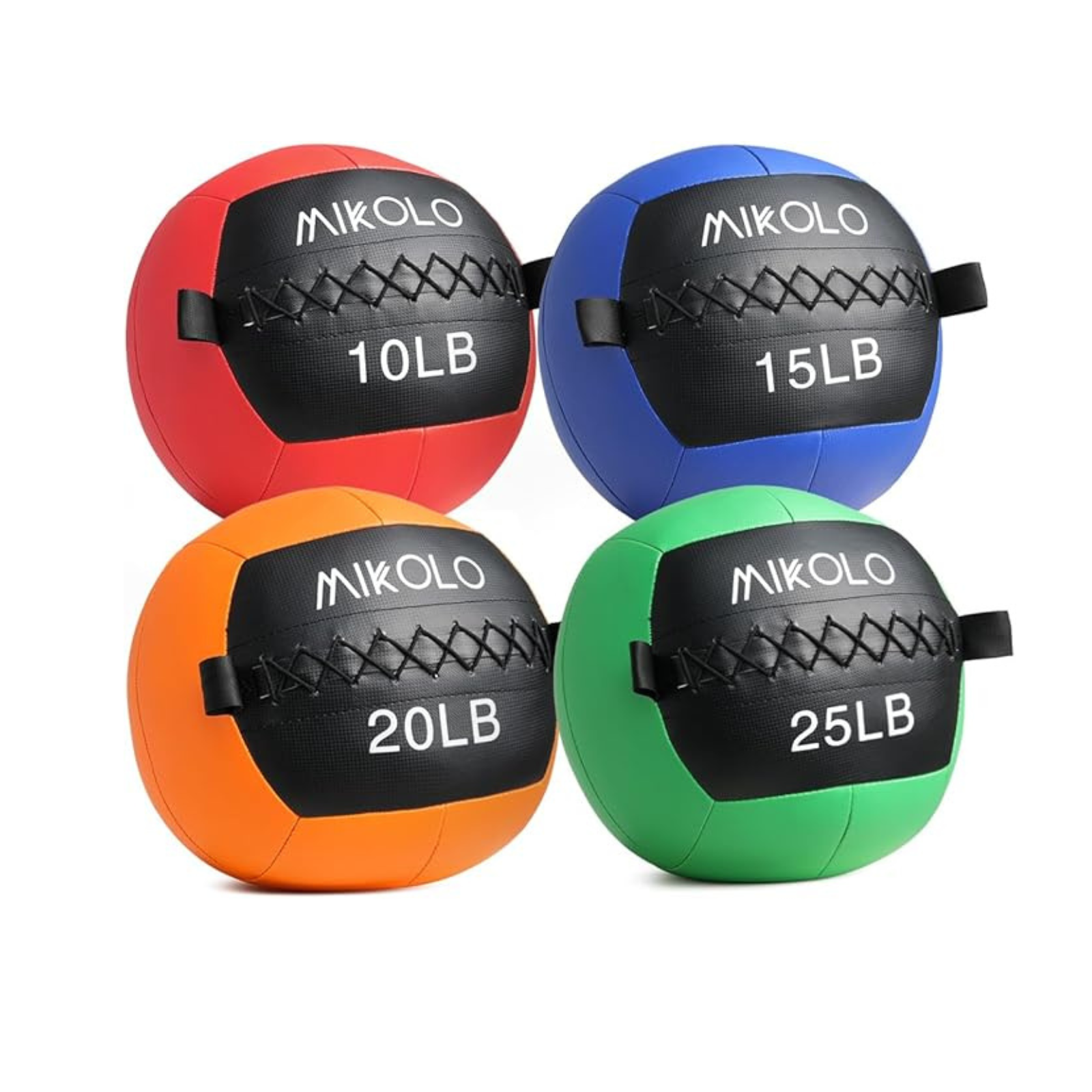
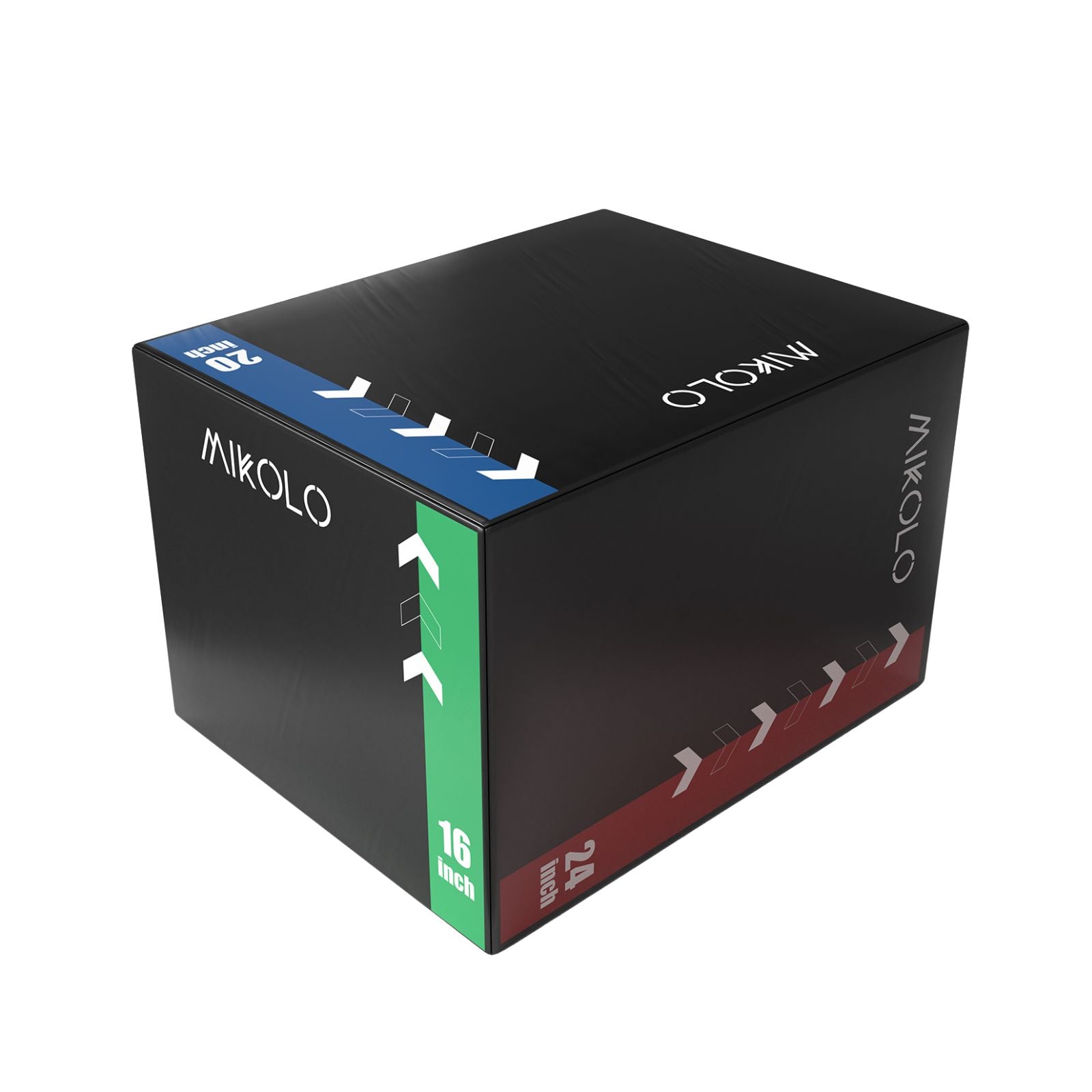

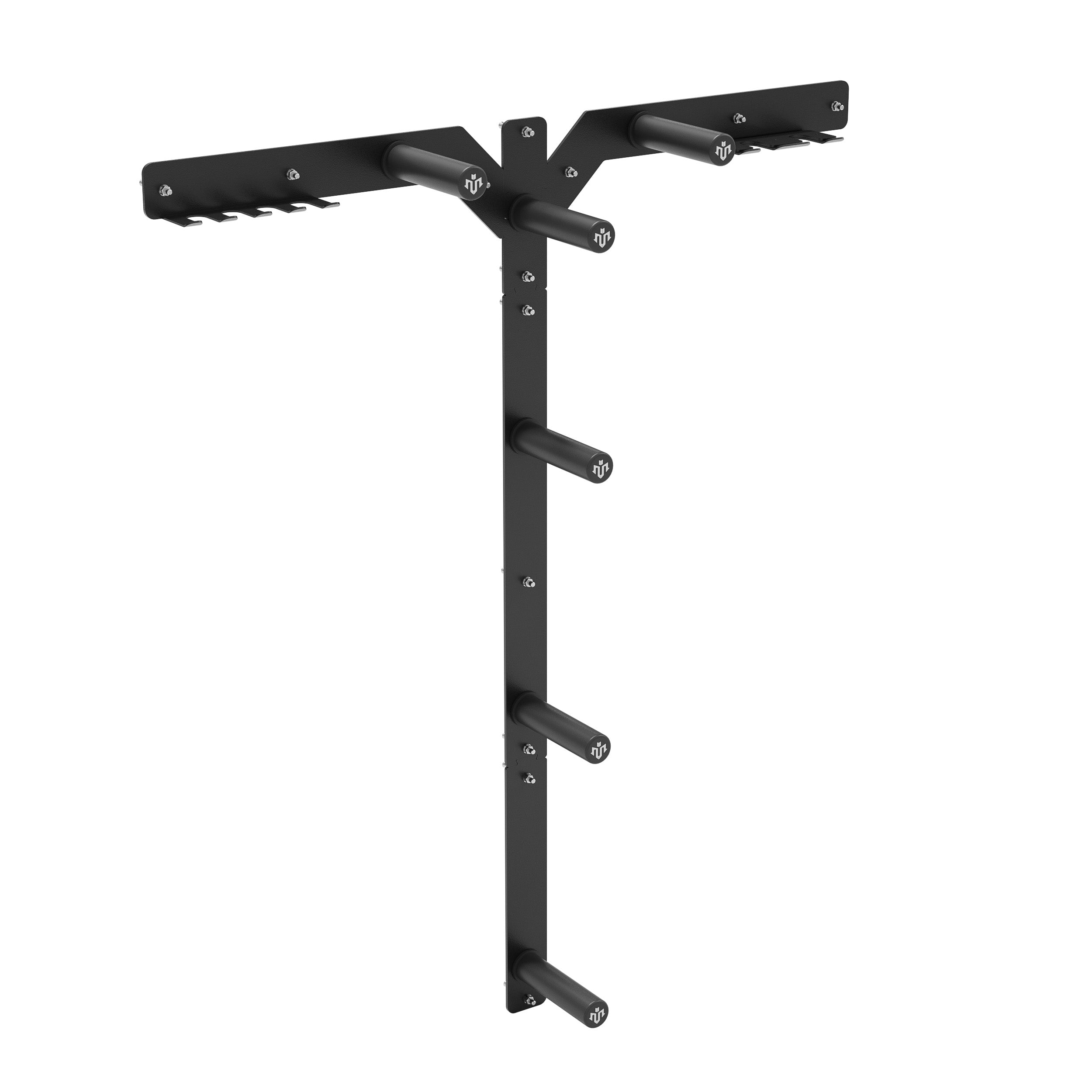




Leave a comment
This site is protected by hCaptcha and the hCaptcha Privacy Policy and Terms of Service apply.